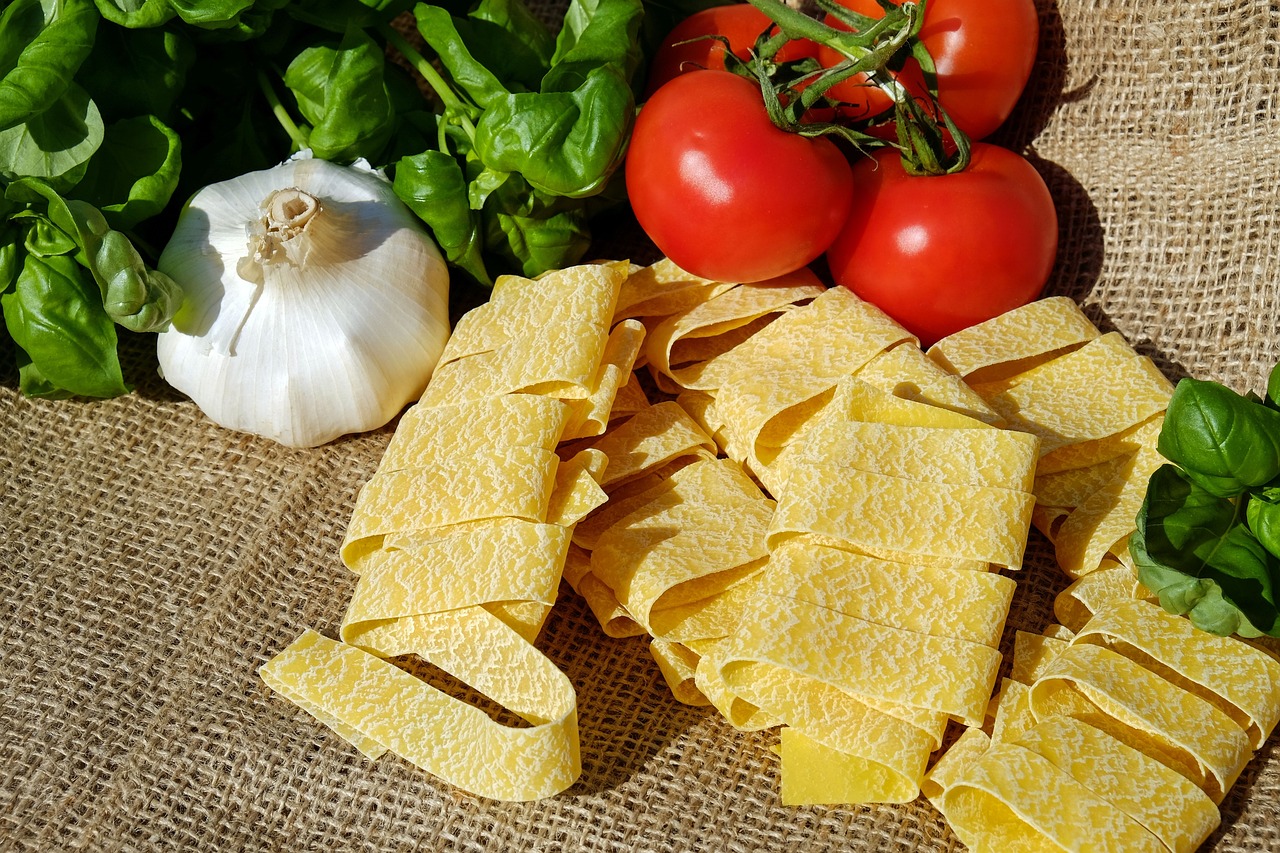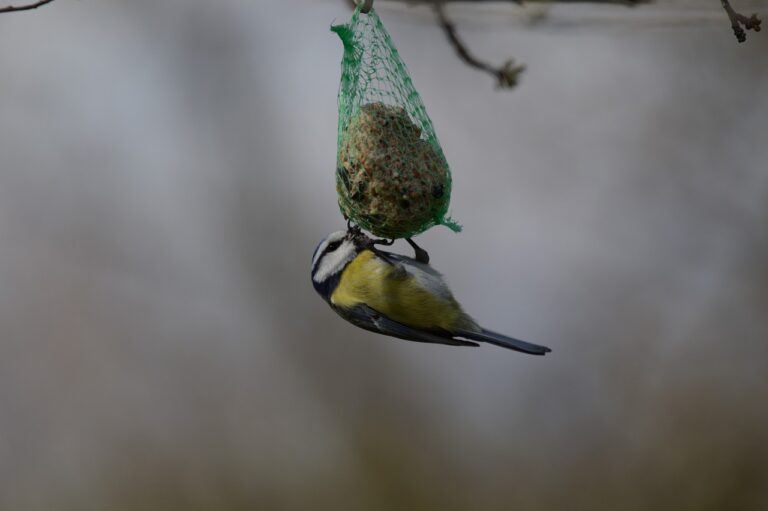The Future of In-Vitro Meat: Cultured Protein Revolution
In-vitro meat, also known as cultured meat or lab-grown meat, is a form of sustainable protein produced through cell culture techniques rather than traditional animal agriculture. This innovative approach aims to provide an alternative to conventionally farmed meat products by growing edible tissues in a controlled lab environment. By eliminating the need for raising and slaughtering animals, in-vitro meat has the potential to address various ethical, environmental, and public health concerns associated with traditional meat production.
The process of producing in-vitro meat involves harvesting a small sample of animal cells, which are then cultured and multiplied in a bioreactor to form muscle tissue. Through the manipulation of nutrients, growth factors, and scaffolding materials, these cells develop into the desired meat products that closely resemble their conventional counterparts. While the concept of in-vitro meat is still in its early stages of development, ongoing research and technological advancements continue to improve the efficiency and scalability of this promising protein source.
Advantages of Cultured Protein
Cultured protein offers a sustainable alternative to traditional meat production methods. By cultivating meat in a controlled environment, the need for raising and slaughtering animals is eliminated, reducing pressure on natural resources and lowering greenhouse gas emissions. This innovative approach also addresses ethical concerns related to animal welfare in the food industry.
Moreover, cultured protein has the potential to provide a consistent and high-quality source of protein, free from antibiotics and hormones commonly used in conventional meat production. This controlled environment allows for customization of nutritional content, making it possible to produce meat with specific health benefits or dietary requirements. Overall, cultured protein presents a promising solution to the environmental and ethical challenges associated with traditional livestock farming.
Challenges in Scaling Up Production
Scaling up production of in-vitro meat poses numerous hurdles for the emerging industry. One key challenge is the high cost of producing cultured protein at a large scale. Current production methods are costly, mainly due to the expense of the growth media and the energy-intensive nature of the process. As such, finding more cost-effective solutions to lower production expenses is crucial for the widespread adoption of in-vitro meat.
Another obstacle in scaling up production is the need to optimize bioreactor technology for mass production. While current bioreactors used in the production of cultured protein are functional at a small scale, they need to be improved to support larger batch sizes and higher output. Engineers and scientists in the field are actively researching ways to enhance bioreactor efficiency, such as increasing cell density and improving nutrient delivery to cells, to meet the growing demand for sustainable protein sources.
What is in-vitro meat?
In-vitro meat, also known as cultured meat, is meat that is grown from animal cells in a lab setting rather than being harvested from a live animal.
What are some advantages of cultured protein?
Cultured protein has several advantages, including a reduced environmental impact, improved animal welfare, and the potential for more efficient protein production.
What are some of the challenges in scaling up production of in-vitro meat?
Some of the challenges in scaling up production of in-vitro meat include high production costs, regulatory hurdles, and the need to develop scalable and efficient production methods.
How can the challenges in scaling up production of in-vitro meat be addressed?
The challenges in scaling up production of in-vitro meat can be addressed through continued research and development, collaboration between industry and regulatory agencies, and investment in new technologies and infrastructure.







